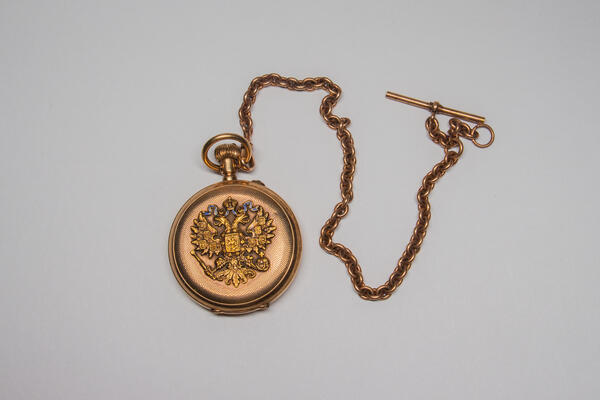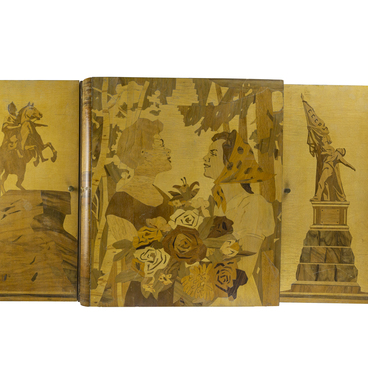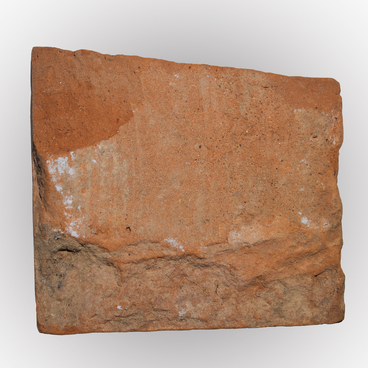In the 19th century, a former peasant from Kazan Governorate Pavel Komissarov, a talented gardener, grew a fruit garden with rare trees and shrubs on about 24 hectares.
Komissarov established the garden in Omsk in 1895. He was one of the first in Siberia to grow fruit trees, completely unadapted to the local 40-degree frosts. Seedlings were brought from all over the country. In the first two winters, the plants died from frost. In addition, hares destroyed young trees.
Then Komissarov wrote to a famous biologist and plant breeder, Ivan Michurin. He advised graftage 一 a plant reproduction method by joining several species with different characteristics. The first cold-hardy tree to take root was the apple tree. By 1905, Komissarov bred twenty varieties of his selection, and in 1907 he gathered the first Siberian crop of apples.
Komissarov sent a box of apples to the emperor Nicholas II. According to historical sources, the tsar was delighted and gave Komissarov a Paul Buhre watch from his cabinet, as a token of appreciation. The gardener’s family kept this watch for a long time.
The Buhre company was a supplier of the Imperial Court. The watch was assembled in St. Petersburg, from the parts that had been shipped to the Russian capital from the Swiss city of Le Locle.
In December 1980, the watch became part of the museum collection under a deed of gift:
Komissarov established the garden in Omsk in 1895. He was one of the first in Siberia to grow fruit trees, completely unadapted to the local 40-degree frosts. Seedlings were brought from all over the country. In the first two winters, the plants died from frost. In addition, hares destroyed young trees.
Then Komissarov wrote to a famous biologist and plant breeder, Ivan Michurin. He advised graftage 一 a plant reproduction method by joining several species with different characteristics. The first cold-hardy tree to take root was the apple tree. By 1905, Komissarov bred twenty varieties of his selection, and in 1907 he gathered the first Siberian crop of apples.
Komissarov sent a box of apples to the emperor Nicholas II. According to historical sources, the tsar was delighted and gave Komissarov a Paul Buhre watch from his cabinet, as a token of appreciation. The gardener’s family kept this watch for a long time.
The Buhre company was a supplier of the Imperial Court. The watch was assembled in St. Petersburg, from the parts that had been shipped to the Russian capital from the Swiss city of Le Locle.
In December 1980, the watch became part of the museum collection under a deed of gift:



